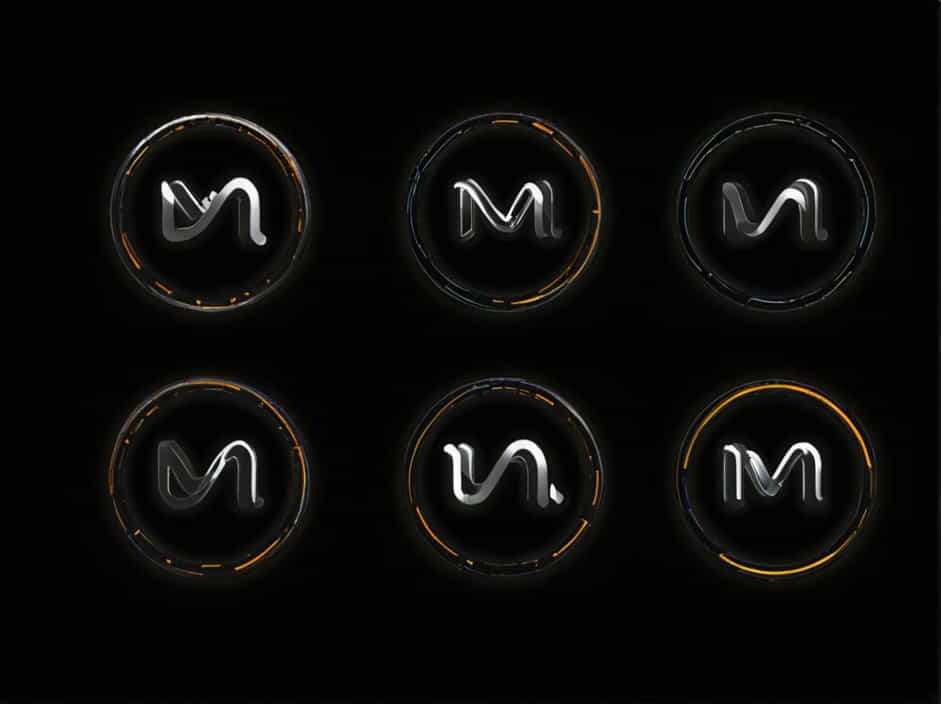Lissajous curves are fascinating mathematical figures that emerge from the combination of two perpendicular harmonic motions. These curves, also known as Lissajous figures, are widely used in physics, engineering, signal processing, and art. They provide valuable insights into wave behavior, frequency relationships, and oscillatory systems.
In this topic, we will explore what Lissajous curves are, how they are formed, their mathematical representation, practical applications, and their significance in various fields.
Understanding Lissajous Curves
Definition of Lissajous Curves
Lissajous curves are graphical representations of two perpendicular sinusoidal waves that vary with time. These curves were first studied by the French mathematician Jules Antoine Lissajous in the 19th century.
The shape of a Lissajous curve depends on three key factors:
- Amplitude of the two waves
- Frequency ratio between the waves
- Phase difference between them
When the two waves have a simple frequency ratio, the curves form closed-loop patterns. If the ratio is more complex, the curves appear more intricate and chaotic.
Mathematical Representation of Lissajous Curves
Lissajous curves are described by the parametric equations:
Where:
- x, y represent the coordinates in a two-dimensional plane
- A, B are the amplitudes of the oscillations along the x and y axes
- a, b are the frequencies of the two waves
- t is time
- δ (delta) is the phase difference between the waves
Basic Shapes of Lissajous Curves
Depending on the frequency ratio (a:b) and phase difference (δ), Lissajous curves can form different patterns:
- Straight Line: If the two waves have the same frequency (a = b) and are perfectly in-phase (δ = 0 or π), the result is a straight diagonal line.
- Ellipse: If the two frequencies are equal, but the phase difference is not zero, the curve becomes an ellipse.
- Circle: When the amplitudes are equal and the phase difference is π/2 radians (90 degrees), a perfect circle appears.
- Figure-Eight: If the frequency ratio is 2:1 or 1:2, the curve looks like a figure-eight (∞).
- Complex Loops: If the frequency ratio is more intricate (e.g., 3:2, 5:4, or irrational values), the curves form intricate, woven patterns.
Formation and Visualization of Lissajous Figures
How Are Lissajous Figures Generated?
Lissajous curves can be visualized in several ways, including:
1. Oscilloscopes
One of the most common ways to observe Lissajous figures is through an oscilloscope. When two signals with different frequencies are applied to the horizontal and vertical inputs of an oscilloscope, the resulting display forms a Lissajous pattern. This technique is used to analyze:
- Frequency relationships between signals
- Phase differences in electrical circuits
- Sound waves in acoustics
2. Mechanical Devices
In the 19th century, Lissajous used a mechanical device with mirrors and tuning forks to project light patterns that formed Lissajous curves. This helped scientists visualize sound waves and resonance effects.
3. Computer Simulations
With modern technology, Lissajous curves can be generated using computer algorithms and mathematical software like Python, MATLAB, or GeoGebra. These tools allow for precise control over frequency ratios and phase shifts.
Applications of Lissajous Curves
Lissajous curves are more than just mathematical curiosities. They have practical applications in various fields, including:
1. Signal Processing and Electronics
In electrical engineering, Lissajous figures help in analyzing wave frequencies and phase shifts. Engineers use them in oscilloscopes to:
- Compare the frequencies of two AC signals
- Detect phase shifts between two waveforms
- Verify synchronization in electronic circuits
2. Acoustics and Sound Analysis
Lissajous curves appear in sound wave analysis. Musicians and audio engineers use them to:
- Study harmonic relationships in musical notes
- Analyze the quality of sound waves
- Visualize interference patterns in acoustics
3. Robotics and Control Systems
In robotics, Lissajous-based motion patterns help program precise movements for robotic arms and drones. These patterns ensure smooth, repeatable motions for industrial automation.
4. Astronomy and Orbital Mechanics
Lissajous orbits are used in space missions to position satellites and space telescopes. For example, the James Webb Space Telescope (JWST) follows a Lissajous orbit around the Lagrange Point L2, ensuring a stable view of deep space.
5. Art and Aesthetics
Artists and designers use Lissajous curves in:
- Graphic design to create intricate geometric patterns
- Light displays and laser shows to generate dynamic animations
- Kinetic sculptures that produce mesmerizing motion paths
Why Are Lissajous Curves Important?
Lissajous curves provide a visual representation of wave interactions, making them an essential tool in both science and engineering. Their importance lies in:
- Understanding Wave Behavior – Helps scientists analyze complex oscillatory systems.
- Precision Measurement – Useful in testing electrical circuits, sound waves, and mechanical vibrations.
- Mathematical Beauty – Showcases how simple harmonic motion leads to complex and elegant patterns.
- Real-World Applications – Used in space exploration, robotics, and artistic creations.
Lissajous curves are mathematical patterns formed by two perpendicular sinusoidal waves with varying frequencies and phase differences. These figures have applications in electronics, acoustics, physics, space science, and even art.
By studying Lissajous figures, scientists and engineers can analyze wave relationships, improve signal processing techniques, and create stunning visual effects. Whether observed through an oscilloscope, a computer simulation, or a mechanical device, Lissajous curves continue to captivate mathematicians, scientists, and artists alike.
